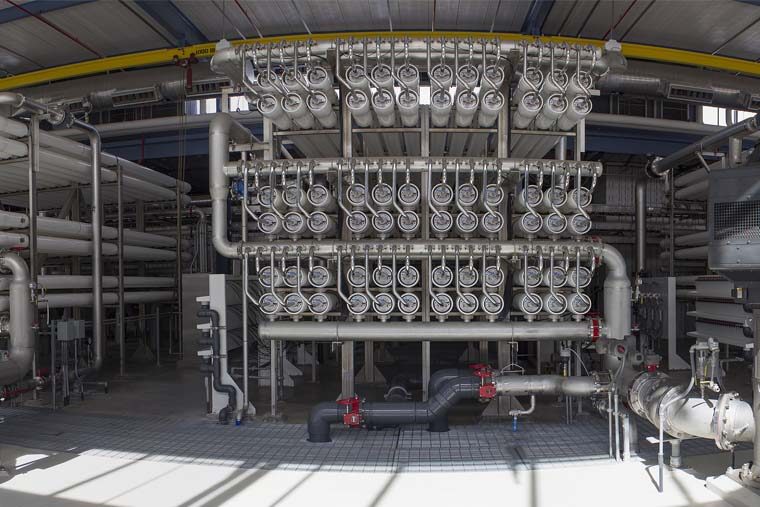
Washington University in St. Louis, as a partner institution in the National Alliance for Water Innovation (NAWI), will be on the forefront of unprecedented water research and management thanks to the new Energy-Water Desalination Hub, a $100 million Department of Energy (DOE) effort to address water security issues.
The Hub will focus on early-stage research and development of desalination technologies and treating non-traditional water sources - such as seawater, brackish water, and produced waters - for municipal, industrial, agricultural and other uses.
Daniel Giammar, the Walter E. Browne Professor of Environmental Engineering at the McKelvey School of Engineering, is Washington University's NAWI representative.

"The sustainable use of energy and water are both critical challenges for the nation, and the uses of these two resources are tightly connected," Giammar said. "I am excited to see the Department of Energy investing in a high impact project that can increase the availability of clean water while decreasing the energy required for its production."
Washington University's initial role will focus on the downstream impacts of desalination. Giammar was invited to join the team because of his expertise investigating distribution system water quality. During the initial road-mapping of the project, Giammar will be a lead cartographer, identifying challenges and research needs associated with the recovery and reuse of municipal wastewater.
The NAWI is a public-private partnership headquartered at the DOE's Lawrence Berkeley National Laboratory in California. It includes Oak Ridge National Laboratory, the National Renewable Energy Laboratory, the National Energy Technology Laboratory, 19 university partners and 10 industry partners.
The alliance's goal is to enable the manufacturing of lower cost, high quality, energy-efficient desalination technology and while reducing the environmental impact for 90% of non-traditional water sources within the next 10 years.






